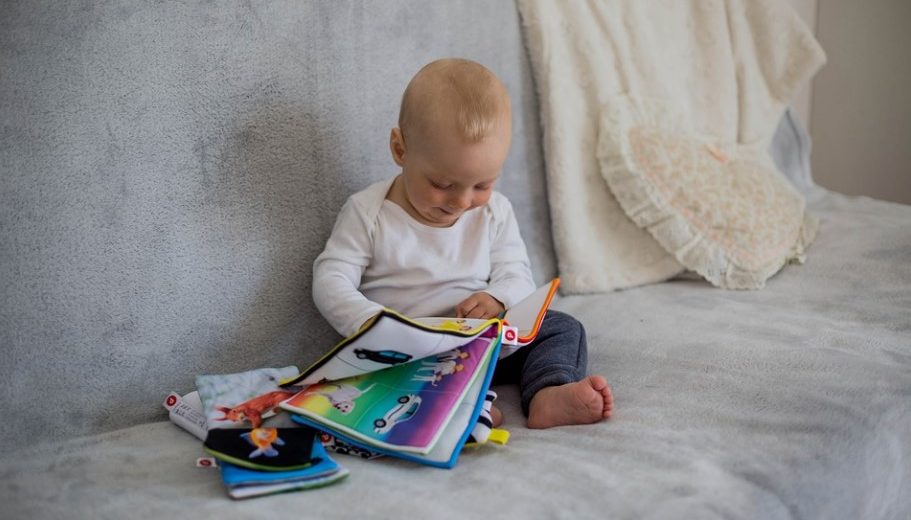Give children a taste for reading
Studies show that children actively exposed to language gain significant social and educational advantages over others, in that reading is one of the best forms of language expression.
Reading problems are difficult to solve when detected in primary school, but most can be avoided if education begins in early childhood and in the years before school entry.
Before they can start reading on their own, children need to learn new reading and writing skills. This involves having an extensive vocabulary and knowing how to use it, understanding that words are made up of smaller sounds (called phonemic awareness), understanding that the symbols on a page represent letters and words and therefore knowing letters of the alphabet.
You don’t have to use games like flashcards for a young child to develop these skills. Reading to children as often as possible is the best way to help them learn on their own afterwards. Reading aloud is also a great way to help your treasures make a successful transition from infancy to childhood.
Children make great strides in vocabulary during this time, learning about letters, shapes, colors, weather, animals and seasons. So choose books with lots of pictures that your child can point and name.
Experts recommend reading to young children as often as possible and trying to devote at least a scheduled hour per day to reading. Choosing regular reading times (especially before naps and bedtime) helps children learn to sit with a book and relax.
Here are some tips to give your children a taste for reading:
Read him the book he wants, even if he has wanted the same story every night for many weeks.
Read it slowly enough that your little one understands what you are saying.
Read expressively, using different voices for each character and raising or lowering your tone as appropriate.
Choose cardboard books or fabric books that are durable. You can let your child use them on their own without having to worry about them tearing up the pages.
While reading, use puppets, finger games (like “Witsi witsi spider”) or props.
Encourage your child to clap or sing along when reading songbooks.
Talk about the illustrations. Underline the elements and name them. Then ask your child to name them in turn and enthusiastically praise them.
Ask open-ended questions, for example, “Why do you think the lion is going into the forest?” Or “what do you think will happen next?” These types of questions encourage your child to think about the story and develop their own thoughts.
You can also replace the name of one of the characters in the book with that of your child.
In short, have fun to show your child that reading is enjoyable.
How to choose the books for your young children?
Kids always want to participate, so look for books they can follow up reading, especially those with repetitive text so they can memorize songs quickly. To keep your little one interested, choose books with little text on each page and books on topics that you think will interest your child.
For toddlers 12 to 24 months old, opt for sturdy cardboard books with pictures of children doing the same activities as they do every day. Books about bedtime, bath time, or meals are a good choice.
Between 24 and 36 months children begin to be able to turn paper pages, so now is a good time to move beyond hardback books. They are also starting to understand the mechanics of reading and like books that are easy to remember.
At this point, you will begin to know your child’s interests. Whether it’s trains, trucks or teddy bears, you can select the books that interest him. Usually at this age they also like books in which the main actors are children, families or animals.
Remember that reading is only one way to foster emerging language fluency skills. You can also talk to your child during the day, sing songs with them, play rhyming games, and make up your own stories together.
Our Nannies have extensive teaching experience in teaching children to read and will be happy to answer any questions you may have 🙂

